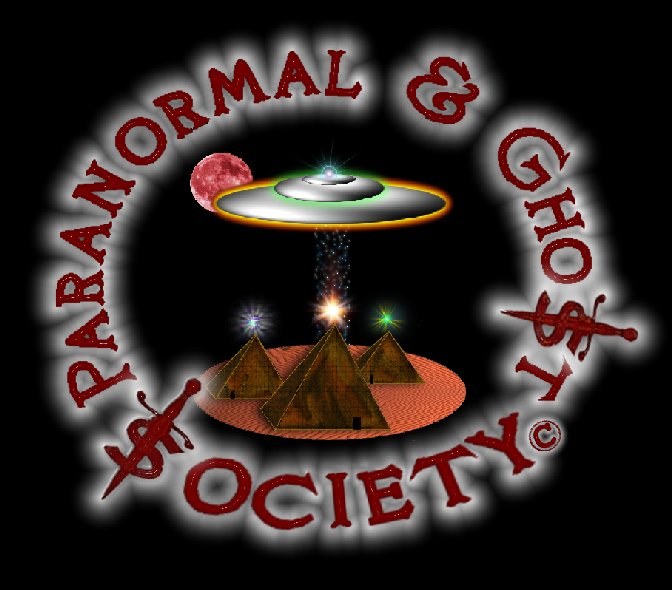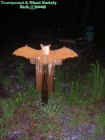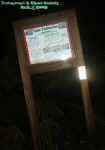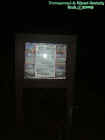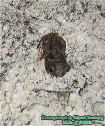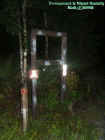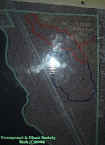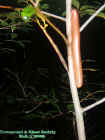|
|
||
|
In 1774 a British settler by the name of William Beresford the Earl Of Tyrone was awarded roughly 20,000 acres of land. This estate and land eventually was turned into a plantation which ran along the St. Johns River, Part Of Hontoon Island, Blue Springs Landing, and along the eastern shore of Lake Beresford. A man by the name of Charles Bernard supervised the development of this plantation and had resides here for many years. Charles Bernard in the 1760s was the one responsible for establishing the plantation in the 1760s for Beresford. He had agricultural fields, plantation dwellings, a mansion built etc. In 1782 a very wealthy loyalist refugee named William Moss purchased 1,200 acres from the Beresford plantation which was an area developed by the Beresford Slaves. That area Moss Acquired was Hontoon Island which was the ancient site of an Timucuan Indian Village with shell Middens. Moss would only own his property for two years because a mass of evacuation of British settlers occurred when the cession of Florida was handed over to Spain. We covered a lot of this history when we discussed Saint Augustine in how Florida changed hands many times. Moss left Florida only to resettle to the Bahama islands thus that land once again became part of Beresford's. One of the most famous visitors to the plantation was a man by the name of William Bartram a friend of Bernard's who traveled to the shoreline of Lake Beresford to gather plants and flowers. Bartram caught in a hurricane almost had his boat sank on Lake Beresford and he sought shelter under some oaks where he claimed were destroyed. When Bartram arrived at the plantation he was in shock from the damages done from the hurricane. Charles Bernard was still standing and the only thing standing was the dwelling house. The bars, houses for sixty slaved black men and women owned by Beresford, storage buildings were all destroyed. The logs and roof were twisted all over the fields. The fields of indigo and sugar cane were leveled from the high windows. Their were oak trees lying all over the ground. It was a disaster area and I am sure some on the plantation suffered a grim death from this tragedy. From history we know that the plantation did eventually rebuild itself as Beresford did sell some of his land in 1787 just a little over a decade after the disaster. The land was low swamps and marshes however it would eventually be drained and tilled. The plantation would grow Rick, Cotton, Indigo, Corn and Batatas. Near by was the Stark Tract which honestly could be the same as the Beresford tract all that would change is the time periods when the plantation was ran and who it was run by. Nobody knows how long the plantation was in operation from research it was apparent that many different barns, black smith shop, Negro houses, a mansion, poultry house, stables, fences, kitchen, hogsheads, stores, and even a new much larger house were built on the tract. The plantation was quite large and had alot of supplies such as their ability to make their own clothing. The total cost to operate the plantation at the time was 1115 pounds 5 shillings and 5 pence 3/4 sterling. The additional sum of 62 pounds 17 shillings & 9 pence was paid to Stephen Eubanks for services having to do with the plantation perhaps receiving supplies. So yes this was a very large plantation and today along the eastern shores of Lake Beresford is a place called the trails. One of the trails is called Hickory the other Wild Olive. This is a fairly large tract of land anything could be hidden from when the plantation was in operation however the woods here are very thick. Animals like Bobcats, Black Bear, Raccoons, Possums, and Deer are said to now roam this well preserved area. We were not able to find the plantation it is most likely today that storms and age have pretty much left little trace of this majestic community. On our first investigation we did find and area in the middle of the forest that had no tree growth just lots of flat land, dirt roads, and signs that something once existed here. But their was no foundations or structures. There are a few houses that surround the woods so perhaps very few residents are aware that they lived on once was a place where slaves picked cotton and planted corn. It is likely that along lake Beresford may be still some hidden remnants of the plantation and we hope to find out more in our second journey here. The trails at night can be very intense as the spiders are very large and their are recluses all over which is a very dangerous spider. One could hike on the trails look up and see canopies of many different trees including even olive ones. We heard all kinds of different things out here signs that the woods perhaps have a haunted tale or two of its own to tell and so much mystery remains as so many have forgotten this plantation. © By Rick-AngelOfThyNight
|
||
|
|
|
